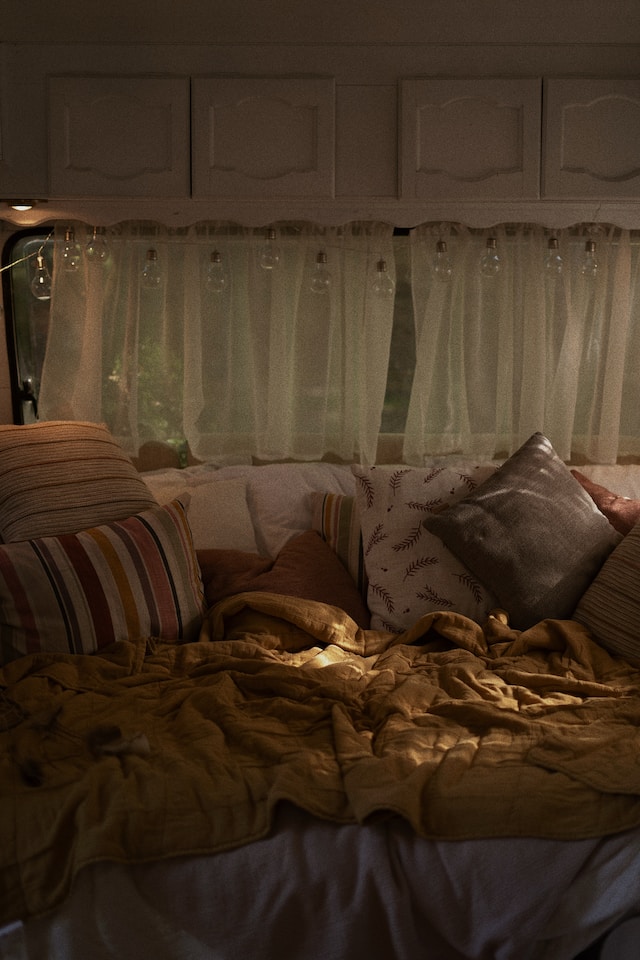
By Maria Millers
Over recent years having clutter in the home has become almost akin to having a hoarding disorder. Minimalist design and décor has prevailed making many homes boring, sterile and unwelcoming. To add to this trend, Japanese Marie Kondo burst onto the scene with her decluttering technique of Kurachi. Often misunderstood as simply getting rid of ‘stuff ,’ her underlying philosophy was not to indiscriminately discard but to hold on to select possessions ‘that speak to your heart’ and ‘spark joy.’
Melbourne poet, Alicia Sometimes has taken inspiration from a painting, Interior IV 1970 by Margaret Olley, an Australian artist of still life and interior subjects, whose exuberant lifestyle was the exact opposite of minimalist.
This is an ekphrastic poem, a form of writing where the poet writes about a piece of existing art but then tries through their own words to convey the experience of viewing the art, the painting is of the siting room of Ollie’s family home, Farndom, in Brisbane and shows a much lived in, unpretentious room lacking formality but full of the artist’s personality and tastes, bathed with colour and light. No flat packs here. Instead, furniture inherited from family collections, walls covered in vibrant paintings, and everywhere antiques and artefacts from travels in New Guinea and elsewhere. This is a room which is an extension of Olley’s personality and life experiences, not the work of some influencer or interior designer.
Farndon’ was destroyed by fire in 1980 and Olley moved to Sydney where she set up her studio and home in Paddington, filling the rooms with a cornucopia of eclectic clutter that was inspiration for many of her paintings. It became a mecca for her many friends from the arts and beyond until her death in 2011 at the age of 88.
In her response to the painting Alicia Sometimes seems to wonder how to recreate in her own lounge room this sense of ease, comfort and vibrant beauty she sees in the painting. She imagines sitting on a chair surrounded by brightly coloured pillows with a cool lemonade and a book in hand and to allow the day to sway on a whim. She wonders how to display artefacts as if they naturally belonged or, as she puts it, as if they wear you.
Our scientific age has often killed our pleasure in simple things as well as our awe of nature but it is artists like Margaret Olley and poets like Alicia Sometimes who keep reminding us of the pleasures that are there for the taking. Even the sun, so beautifully captured by Ollie in her paintings and so venerated in past cultures, has been demystified by science, but we can still bask in its light and warmth.
The Pandemic made us more aware of the importance of our homes and loving what you already own, however old or currently out of fashion it may be and realizing that our homes reflect our personalities whether it be a mansion or a granny flat. And there is nothing wrong with surrounding yourself with some creative and comforting clutter, just as long as it ‘speaks to your heart.’
Alicia Sometimes is a Melbourne poet, writer and broadcaster and Youth Category Judge for the Woorilla Poetry Prize 2023
Interior IV, 1970, Margaret Olley
How to sit comfortably on a chair in a painting
How to rearrange the pillows and lie down
with your cool lemonade, book in hand
glancing sideways into the salty afternoon
How to display artefacts as if they wear you
How to rest your temperament on a Sunday
To write notes on your arm for later
your hair, the colour of clouds
To allow the day to sway on a whim
to let the inside out, the frames ready
to fold at any moment
DH Lawrence said scientific
knowledge killed awe of the Sun
Margaret Olley resurrected
it in our lounge room
*published in High Shelf Press, 2021






